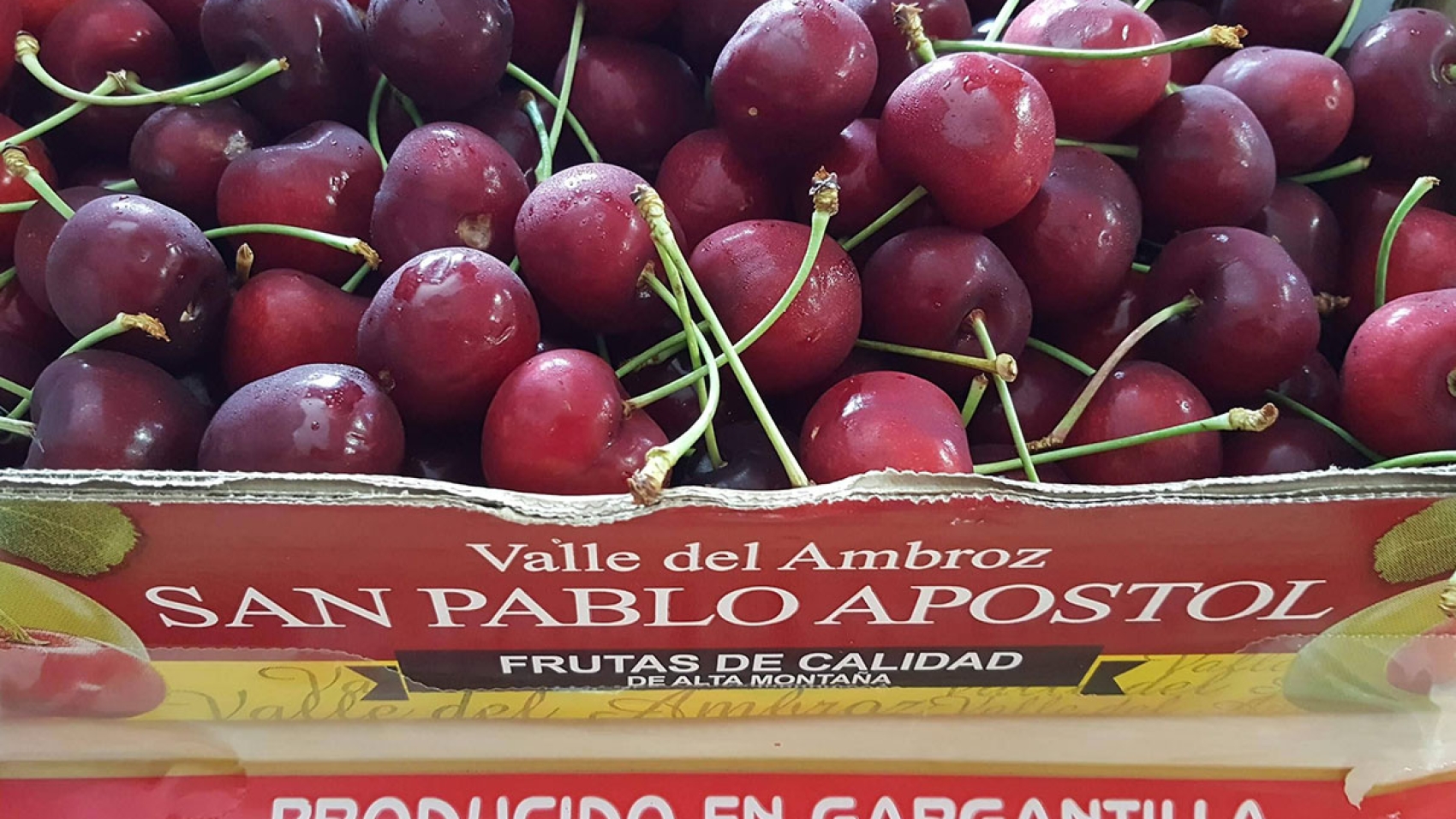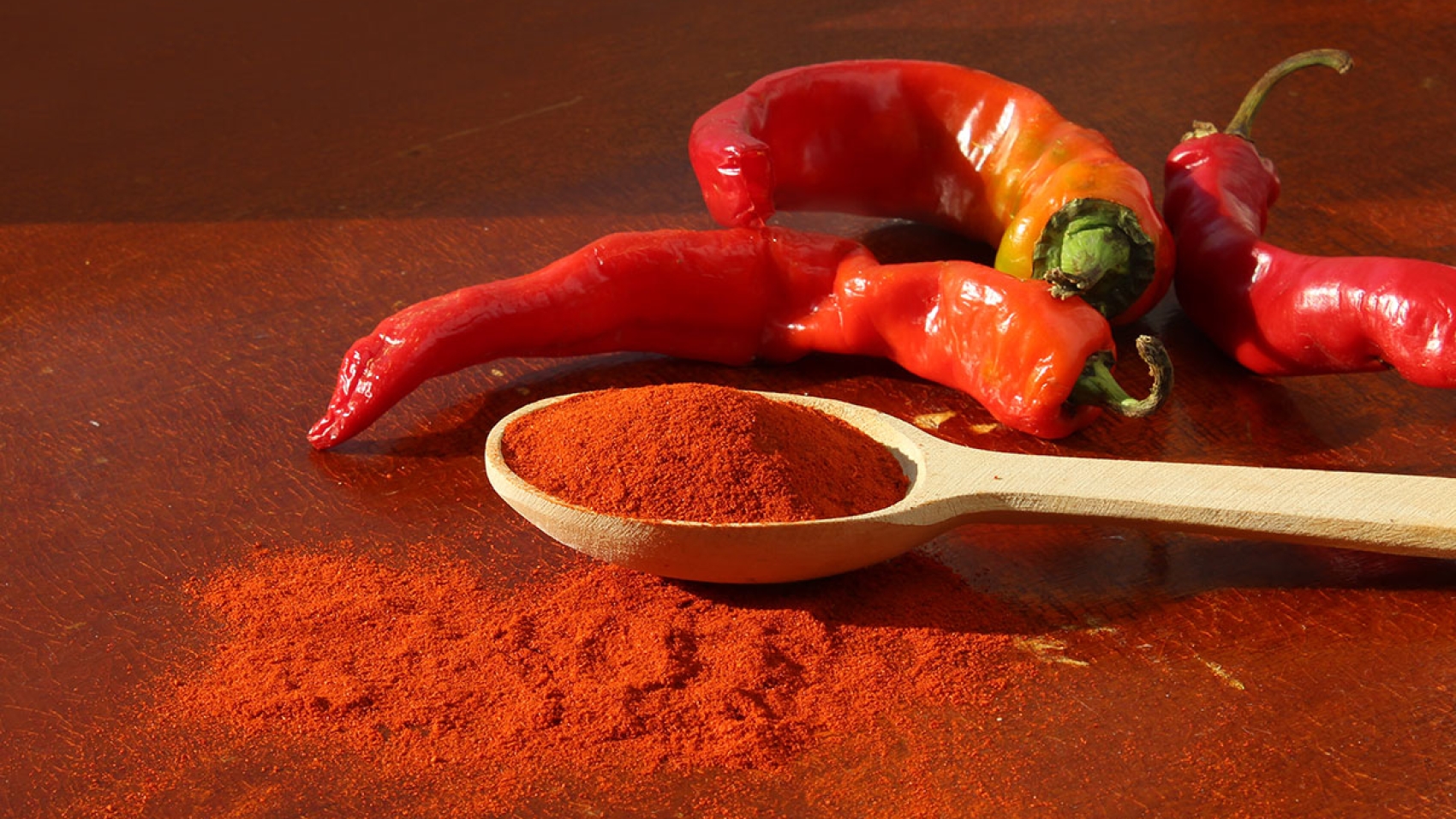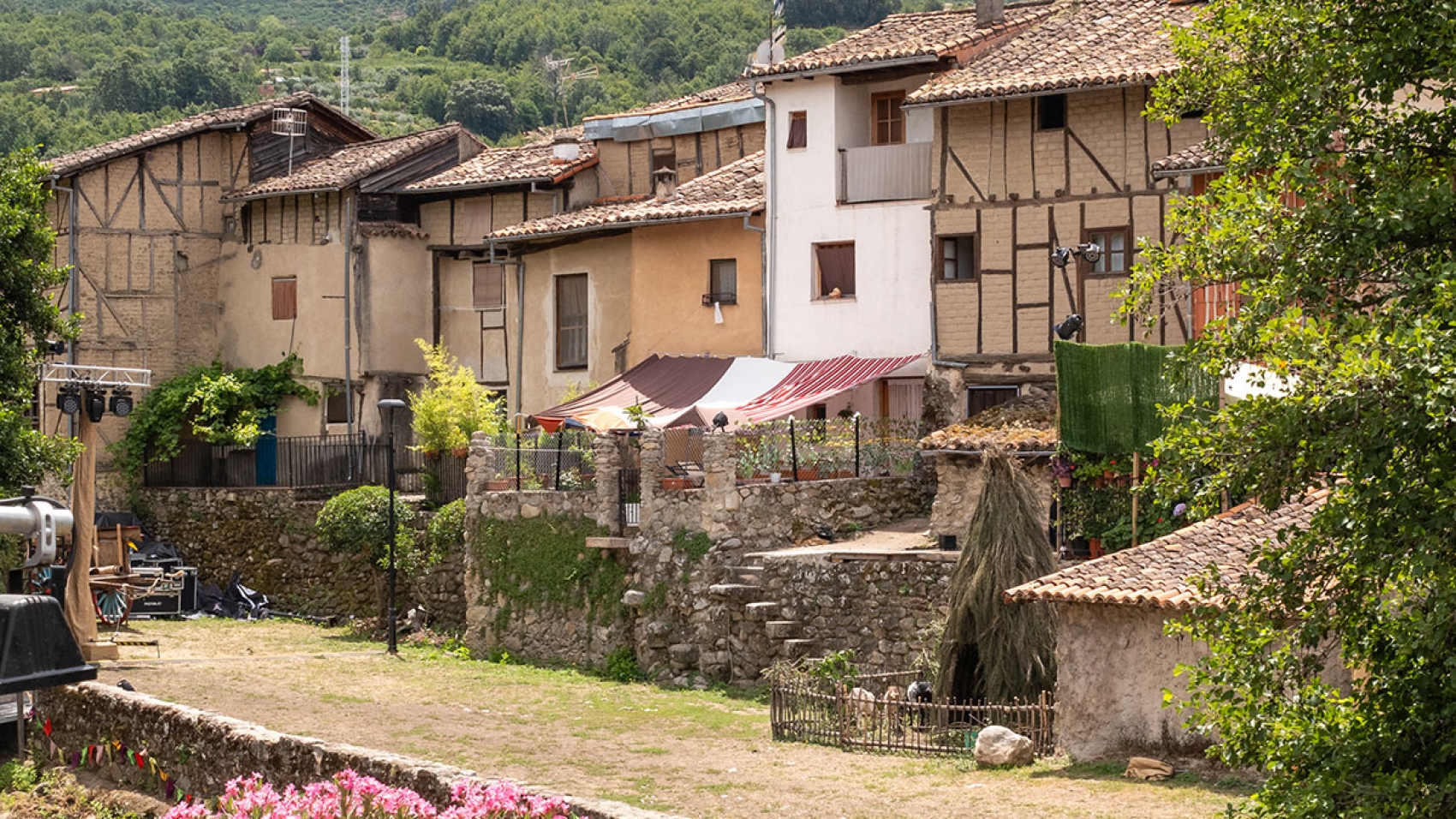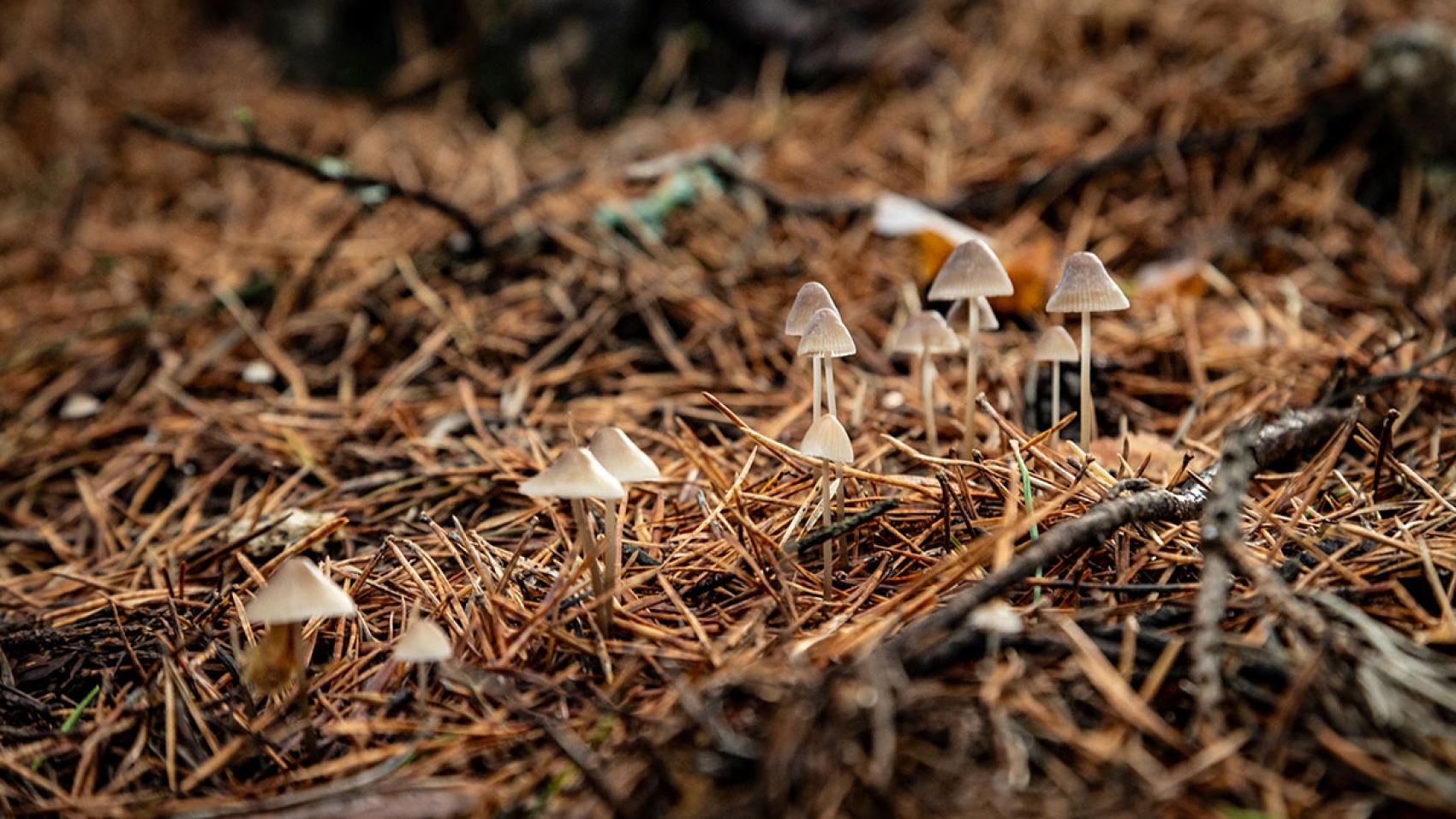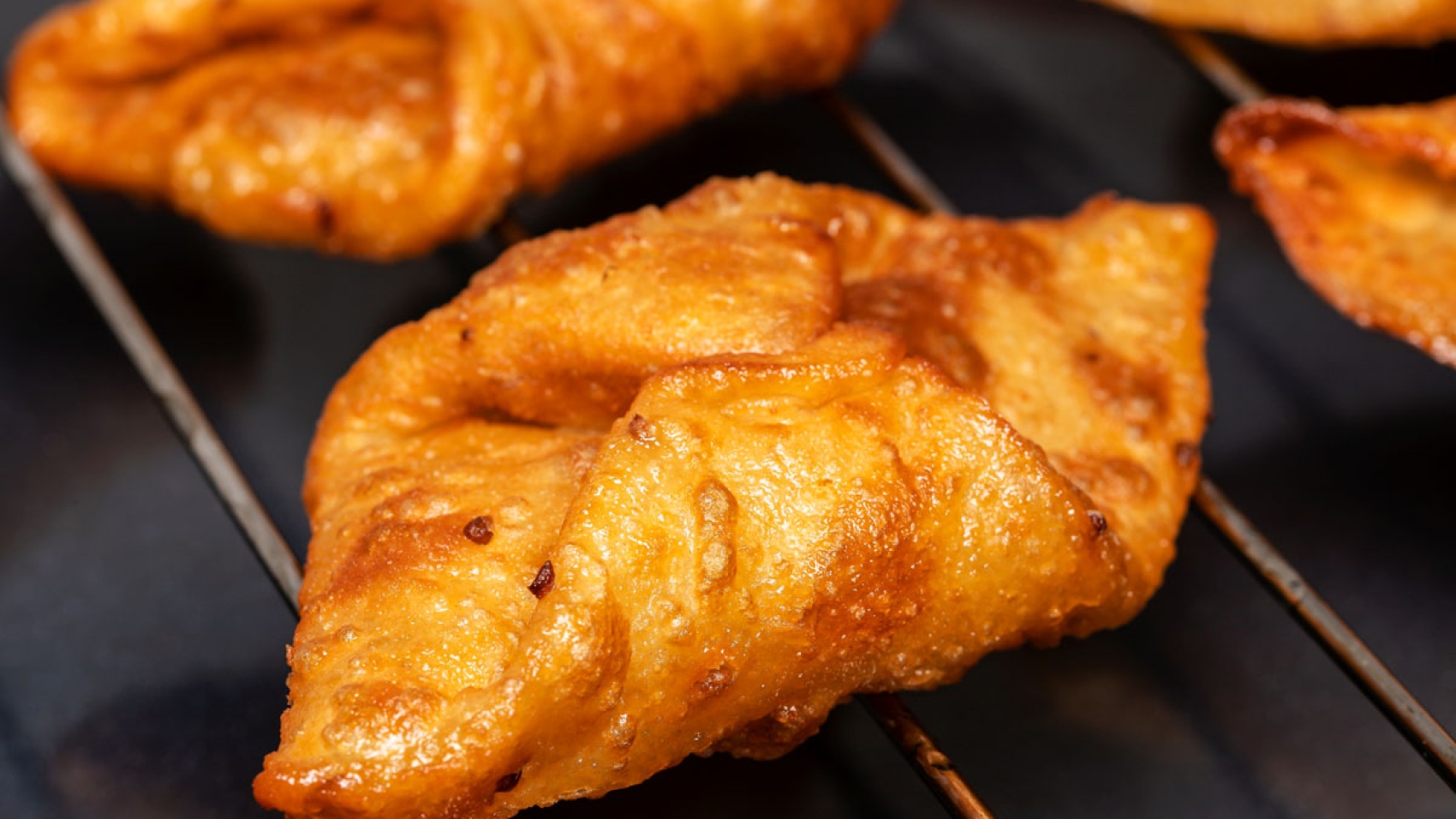Cherries, strawberries and plums in the Ambroz Valley
The town of Casas del Monte in Ambroz-Cáparra is the largest producer of strawberries in Extremadura.
What makes our strawberries different from the rest? The way we grow them in the open air. Because they are not grown in greenhouses, the ripening process is completely natural. The acidic soil in this region favours the cultivation of these small fruits.
Apart from being a delicious snack, cherries have multiple health benefits. Come to Gargantilla and Casas del Monte and enjoy the fruits of our terraced crops.
Did you know that the cherry variety grown in this region is called “ambrunés”? It takes its name directly from the region where the fruit is grown: the Ambroz Valley. It is believed that this variety was disseminated by the shepherds who brought the cherry trees to the Ambroz Valley. Hence the name “ambronesa” or “ambrunesa”. It is one of the five varieties of DPO Jerte cherries that are grown in these two towns.
Plums are another important fruit. Gargantilla is famous for its Reina Claudia plums which are small in size, but particularly sweet and highly prized.



